November 29, 2023
The strange and wonderful story of Nikola Tesla, 1856-1943, begins in Croatia where he was the son of an Eastern Orthodox priest.
It is a cautionary tale.
Young Tesla found schoolwork and languages easy — he would eventually become fluent in 8 languages — but he was as bent toward philosophy as he was toward engineering.
A promising student at a university in Serbia, and aided by a photographic memory, he became bored with studies and dropped out in his third year, in 1878.
An addiction to gambling and womanizing did not help.
Tesla’s obvious grasp of electrical principles and the unusual ability to visualize complete, new mechanical machines in his mind came to the attention of the Continental Edison Power Company. He was offered a position in Paris, installing city-wide lighting, and troubleshooting installations across Europe.
The New World
In 1884, Continental Edison brought Tesla to New York, where he naturalized into U.S citizenship.
It was where he also fell afoul of Thomas Edison. Tesla abruptly quit his job over a dispute regarding a compensation bonus, which may have been a result of a misunderstanding.
The nuances of ordinary social interaction were lost on Tesla.
The young European formed his own company in New York, financed by investors and aided by an attorney. Tesla patented a Direct Current electrical generator, which was profitable, but his real interest was in the competing Alternating Current approach to electrical power distribution.
Within a year, his investors tired of Tesla’s fixation on invention and abruptly stopped funding his manufacturing efforts. His business folded. His valuable patents had been sold to the company in exchange for shares of stock, which were now worthless, and Tesla was left penniless.
At age 30, the brilliant electrical engineer was repairing simple electrical appliances and working as a ditch digger.
In 1886, Tesla was introduced to Alfred Brown, a superintendent with Western Union, and Brown’s attorney Charles Fletcher Peck. Based on Tesla’s plans for a new induction motor running on AC, the three formed the Tesla Electric Company.
Tesla built the motor — working from plans entirely inside his head — and, with help from partners Brown and Peck, patented it successfully.
The induction motor is basically a copper wire wrapped around a rotor. As current is applied to the wire winding, a magnetic field is produced, turning the rotor. It can run in both forward and reverse, and can operate at variable speeds. The design of the induction motor remains in use today across all types of electrical equipment, from small kitchen appliances to large industrial machinery.
The following year, George Westinghouse, the successful owner of an AC electrical generation network, purchased a license for Tesla’s induction motor for $60,000 cash (1888 dollars) plus a royalty for each AC horsepower produced by his motors. In addition, Westinghouse offered Tesla a one-year consulting contract for $2,000 per month (nearly $800,000 a year in 2023 dollars).
In terms of profit for Tesla, the agreement was worth millions already; perhaps billions over the next decades as his new motor patent would be adopted. He would likely be the richest man in America.
It was a heady time for Tesla, and for changing life in America.
The first transcontinental rail line had been completed in 1869; Alexander Graham Bell’s telephone had been patented in 1876; the first successful refrigerated railcar for shipping dressed meat was patented in 1877; Thomas Edison’s incandescent light bulb was lit up in 1879; by 1890 hundreds of power generating plants had been built in major cities; and at the 1893 World’s Fair in Chicago, President Grover Cleveland pushed the button that turned on 100,000 light bulbs.
The first Tesla-designed hydroelectric power station was only a few years away, at Niagara Falls in 1895.
The Worlds Fair in 1893 was a showcase for Tesla’s electrical engineering marvels.
At the Fair, using the concept of his induction motor to create magnetic fields, he placed a heavy copper “egg” on a rotating wooden plate and let the egg spin in an upright position. The magnetic fields held it up as it spun like a top with no visible means of propulsion.
Seemingly magic.
Nikola Tesla was at the top of his game.
It was not to last.
Panic of 1893
The unexpected failure of a bank in London dealing in investments in Argentina sent Nikola Tesla in New York into a long, painful descent toward financial ruin.
Baring Brothers & Co. had, during the 1880’s, loaned significant funds to Argentine interests, as attractive as they were risky.
Hard currency in Argentina was continually hoarded by consumers as their economy worsened, made worse still by unpredictable crop prices on world markets. When Baring’s failed to fully float a new issue of debt in November 1890, word spread that foreign capital was drying up.
As with any banking crisis, depositors immediately began pulling cash from their banks, demanding gold specie rather than paper currency. Two major Argentinian banks faltered. Baring’s in London felt the tremors and soon defaulted on a 21 million pounds loan from the Bank of England.
To cover losses, the Bank of England borrowed from the Bank of France, which in turn borrowed from the Bank of Imperial Russia. In a month, there were numerous bank failures across Europe, South America and Australia, as the run on currency became widespread.
In early 1893, the crisis suddenly descended upon the U.S. The first of some 600 financial institutions failed in May, just two months after Grover Cleveland had been inaugurated for his second (and non-consecutive) presidential term.
The global financial panic came home to George Westinghouse as lenders called in loans made to him. Cashflow became extremely tight for Westinghouse and his stock value declined substantially. Many of his purchases, for patents and for machinery, had been made by pledging Westinghouse stock. As the price fell, creditors demanded cash money instead.
The license agreement for Tesla’s induction motor was a giant problem. Westinghouse needed the motor, but to avoid bankruptcy, he needed the cash more.
Westinghouse approached Tesla and asked him to void the royalty agreement. He pointed out that if the agreement remained in place, the Westinghouse Electric & Manufacturing Company would fail; when that happened, Nikola Tesla would be forced into negotiating with the banks for his royalty payment.
In a grand gesture, Tesla tore up the royalty agreement, asking nothing in return. He simply walked away from millions.
20th Century Projects
There is much more to tell. Tesla, wildly successful with some projects, appeared to have no end to his creative juices. Some bordered on being downright foolish.
Tesla had an idea that AC power could be used to send radio signals wirelessly across great distances. No surprise to us today, but it was a novel concept at the turn of the last century. Many believed radio signals would lose coherence after a mile or so, and would be useless for long-haul communication.
Tesla’s vision did not stop with radio signals. He believed electricity at huge voltages could be transmitted wirelessly through the atmosphere.
Visualizing a single broadcast installation, Tesla convinced financier J.P. Morgan to advance $150,000 for construction of a 186-foot-tall tower on Long Island. From the “Wardenclyffe Tower,” Tesla planned to broadcast both radio messages and electrical power to Europe.
The electric power notwithstanding, in this project, he was competing against Italian inventor Guglielmo Marconi. While Tesla filed U.S. radio patents ahead of Marconi, he ran out of money for his broadcast tower. Marconi’s new radio was seen as more versatile, and investment moved in his direction rather than Tesla’s.
Morgan and other investors could not bring themselves to fund the unlikely wireless electricity project for Tesla, when there was a clear winner in radio broadcasting.
This reluctance on the banker’s part could be because he received a never-ending stream of written requests for funding from the inventor about once a month over a 5 year period.
The incomplete Wardenclyffe Tower was torn down in 1917.
With the right concept and the know-how to manufacture a network, Tesla lacked the business savvy to launch the project.
Some of that was due to pure bull-headedness.
In 1915, an article in the New York Times suggested that Tesla and Edison share a Nobel Prize in Physics.
By this time, the two had become mortal enemies.
Tesla claimed that the prize — not yet awarded, only suggested by an editor — would honor his own work in wireless delivery of electricity. He very publicly refused to share his award with Edison.
Edison, somewhat more circumspect, avoided any public comment on the matter.
We have not even touched on Tesla’s invention of florescent lighting, of his contribution to X-ray technology, stumbled onto by accident when trying to capture a photograph. Nor of his work with radar, which led to sonar; nor of his 1928 patent for a vertical takeoff biplane which never saw the market. His radio-controlled watercraft was rejected by the U.S. Navy but later adopted by other services.
Too much to tell.
Winding Down to the End
After 1900, Tesla spent 20 years living in the Waldorf Astoria Hotel in New York City. When he was finally asked to leave, he abandoned an outstanding cumulative bill of over $500,000. He moved more frequently after that, from one luxury hotel to another, each time leaving bills unpaid.
George Westinghouse, probably feeling indebted to the man, in 1934 began paying Tesla a monthly stipend for living expenses. Tesla was adamant that he would not accept charity; Westinghouse carried him as a “consultant” until the inventor’s death in 1943.
And the pigeons.
In the City, Tesla walked to a local park every day to feed pigeons. One in particular had a broken wing. Putting his inventor hat on, Tesla built a lightweight device to support the wing and leg as the injury healed.
It is estimated he spent $2,000 (1900 dollars… $35,000 in 2023) to nurse the pigeon back to health.
“I loved that pigeon… and she loved me. As long as I had her, there was purpose to my life.”
One wonders what the accountant at the Waldorf Astoria would have made of that.
Although rumors of his adolescent dalliances abound, Nikola Tesla never married.
In 1937, at age 81, Tesla was struck by a taxi during his nightly pigeon-feeding journey. HIs back was hurt and multiple ribs broken, but he refused medical care. He lingered painfully for 6 years in his hotel room. A maid found his body one morning in 1943.
The introverted genius who gave the world affordable, reliable electricity and electric motors for every conceivable application was dead of a heart attack, alone, destitute and all but anonymous.
Theological Contemplations
Philippians 2:4 Do not merely look out for your own personal interests, but also for the interests of others.
If the Apostle Paul, writing this from a jail cell around 60 AD, had wanted to say, “Do not ever look out for your own personal interests, but always for the interests of others,” he could easily have done so.
While not a strong theme in the New Testament, there is an acknowledgement here and in other passages that each of us is guided by self-interest. We see this in the Parable of the Tenants (Matthew 21:33-41) where the owner of the vineyard expects his servants to bring in his crop.
We see this in the Parable of the Good Samaritan (Luke 10:32-37) where the man who treated the one mugged provided help, but left the victim in the care of someone else while he went on to attend to his own business.
Regard for one’s own interests is baked into the Gospels. While we understand that “the love of money is the root of all evil,” (1 Timothy 6:10) we are commended to prosperity, fruitfulness and generosity as we go about making our living.
Nikola Tesla would occasionally refer to himself as “deeply religious,” but it is unclear what that phrase signified. He rejected outright the Christian view of God, but instead suggested that “the universe is simply a great machine which never came into being and never will end.”
His worldview seemed to indicate his belief in permanent, predictable laws. Once he discovered them, he could bend them to his own will through his inventions. This gets close to a Christian belief in an ordered universe put in place by divine design.
But not close enough to be orthodox, life-changing Christian faith.
The instructive thing about Tesla is that his life overflows with lessons; takeaways to give us guidance for our own journey.
Here is a list that occurs to me:
Creativity. It should go without saying. His boredom at university while contemplating principles of physics and electricity far beyond the classroom speaks of an active mind. He was motivated to chase those dreams.
Persistence. All his life he continued the chase and many times came upon unexpected solutions.
Stubbornness. His downfall. A thousand good ideas seemed to percolate all the time in his fertile brain, yet his single-minded devotion to those without future precluded his ability to exploit others.
Discontinuities. Just when everything was working so well, the global financial panic took him by surprise. There was no fallback plan, no wad of cash hidden away for unplanned contingencies. Planning was not his strong suit.
Distraction. So intent was he on the engineering work, he apparently had no capability to attend to the business side of his affairs. The episode with Westinghouse, where Tesla abandoned a fortune in accounts receivable, speaks volumes of his irresponsible disregard for sound planning.
Maybe distraction is not the right word. At some point, each of us must necessarily recognize the importance of things we don’t know. If I don’t know how to negotiate the business deal, then I really should locate — and pay — someone to negotiate it for me.
Tesla’s creditors at the New York City hotels would have been well served had he attended to that golden goose in the person of George Westinghouse.
There would have been no dishonor in coming to a mutual agreement over the royalties. Westinghouse’s business was Westinghouse’s business, after all. He had made the commitments, and there would have been nothing wrong with requiring Westinghouse to find his own way through them.
There would still have been lots of room for leniency, but to simply tear up the royalty agreement and walk away shows irresponsibility rather than grace.
May we have eyes to recognize both sides: The nobility and rightness of unselfish generosity, and the responsibility to provide for our needs productively and honestly.
And that is the story of Nikola Tesla, an American Titan.
Have a good week!
Curt
And for more on the American Titans series, find us at www.alligatorpublishing.com/americantitans. Masters of inventions that changed the world: What they did right, what they did wrong; how you can build on (or avoid) their stories to blaze your own trail.






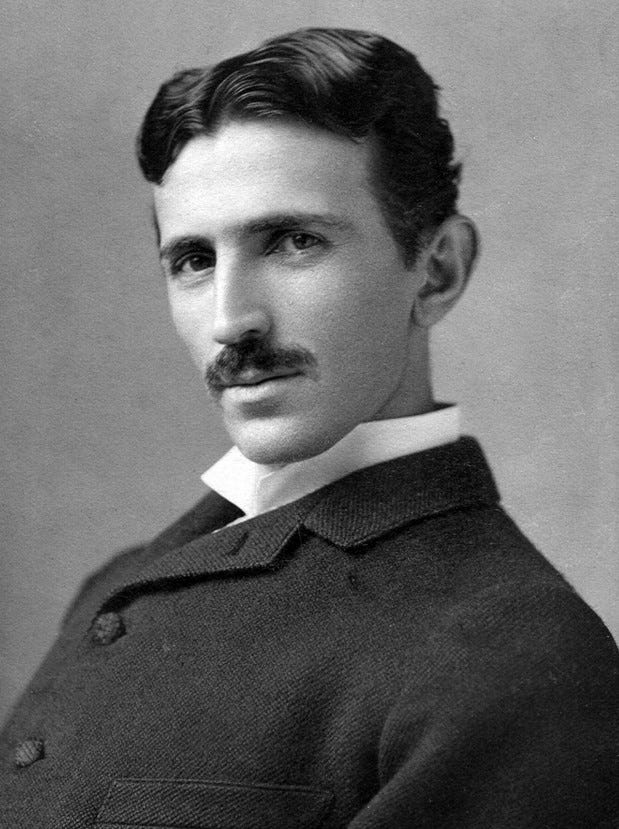

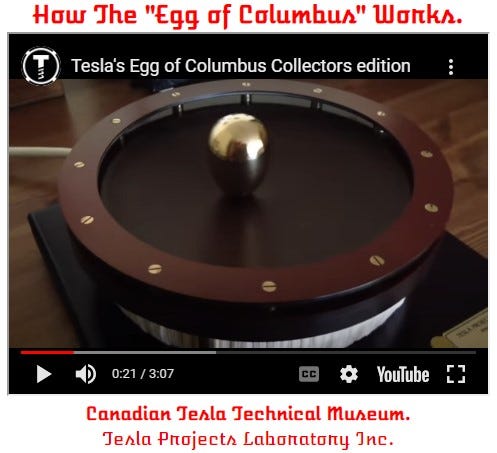

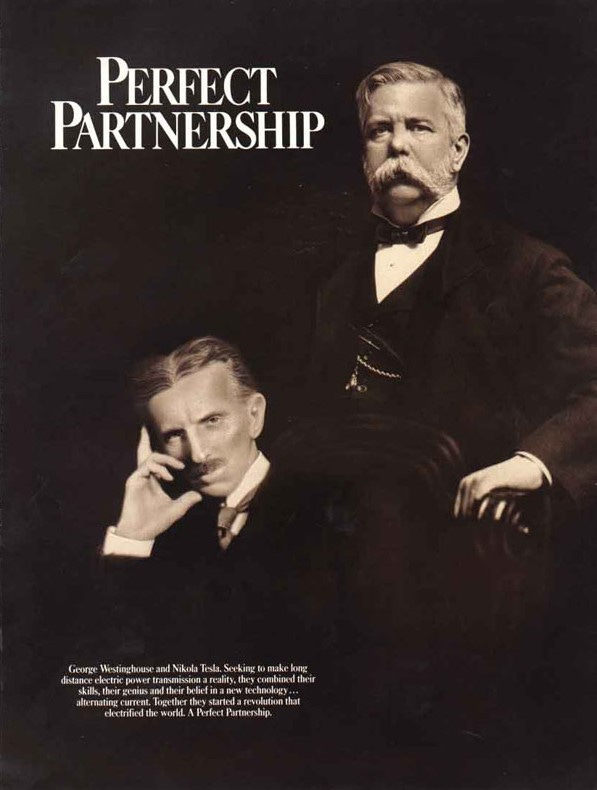
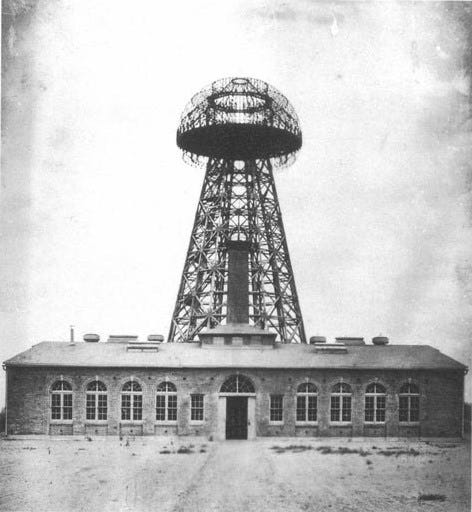







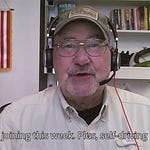

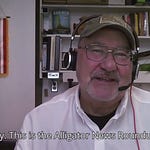



Share this post